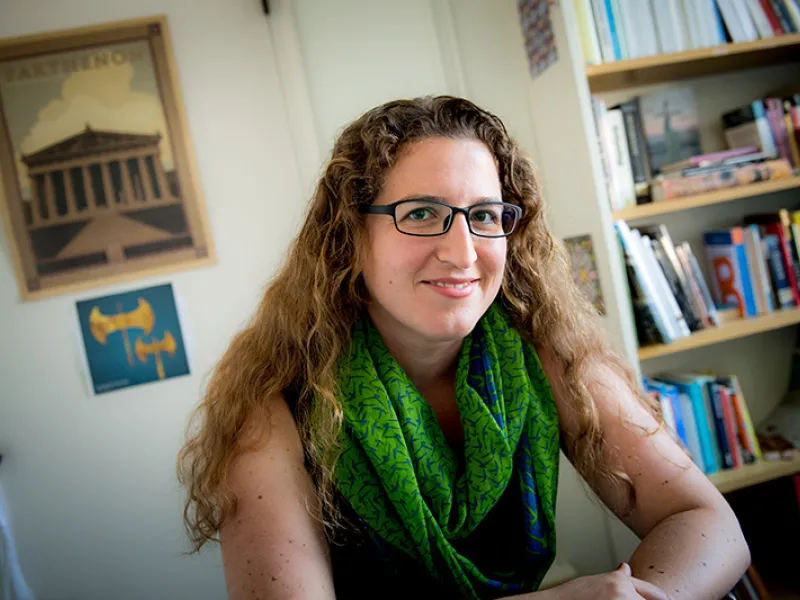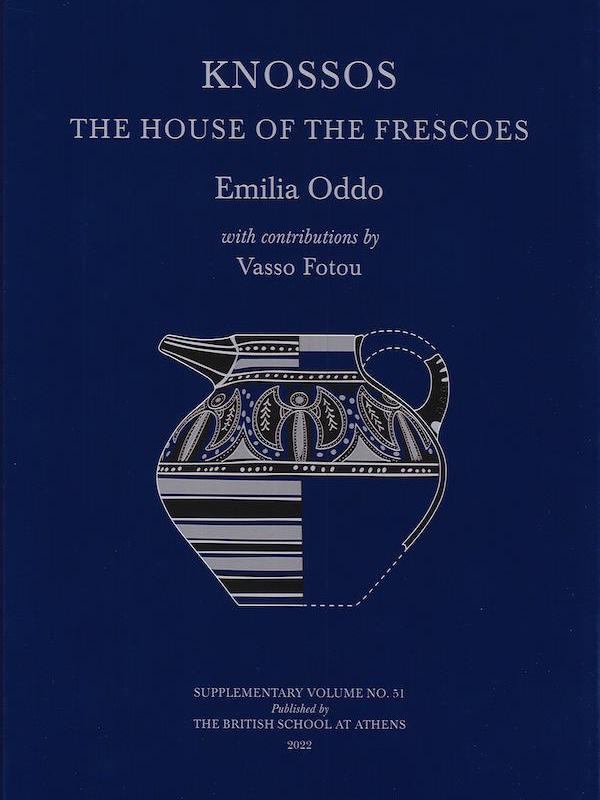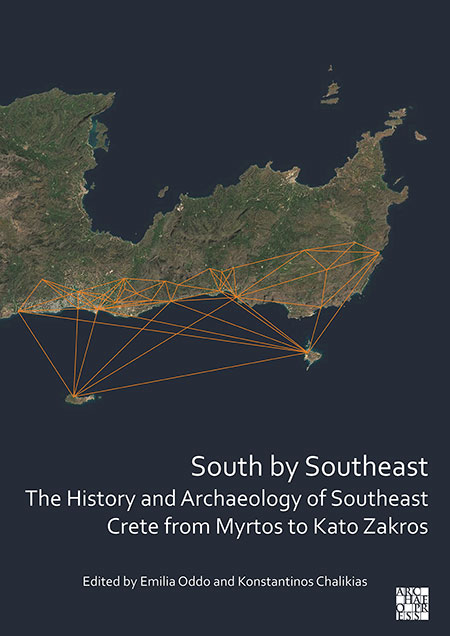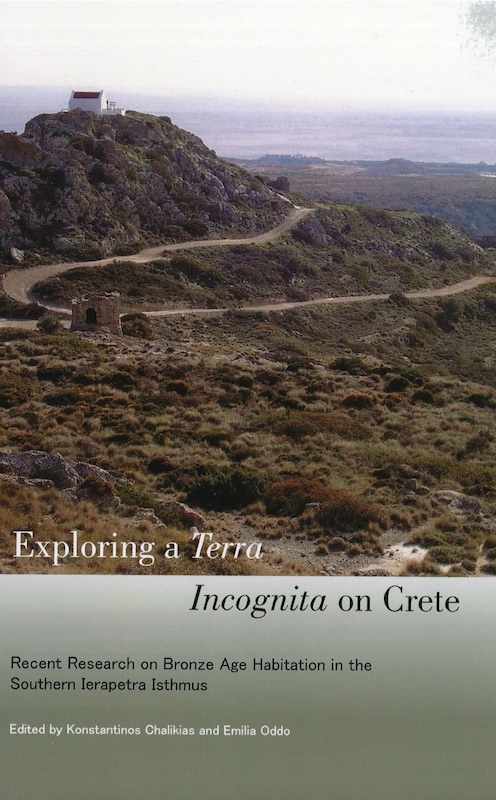
Education
Interests
.
Contributions
2025. (with C. Trainor and J. Day). “Everything Old is New Again: Knossos and Its Legacy.” Society for American Archaeology (SAA) Archaeological Record 25.3: 15–20.
2024. “Fragments of a Story. The Unsung Power of Ceramic Sherds.” (Invited chapter). In T. Claeys, L. Dautais, R. Dubois, K. Regnier, E. Tsafou, D. Vendramin, and D. Wolf (eds.) ScapeCon 2022: Towards an Archaeology of Fragmentation in the Aegean Bronze Age. Presses Universitaires de Louvain: 87–102.
2022. Knossos: The House of the Frescoes. The British School at Athens, Supplementary Volume 51.
with K. Chalikias, eds. 2022. South by Southeast: The History and Archaeology of Southeast Crete, from Myrtos to Kato Zakros. Archaeopress.
2022. “Navigating a World of Mountains, Coasts and Islands: Diachronic Evidence for a Connected Southeast Crete,” in South by Southeast: The History and Archaeology of Southeast Crete, from Myrtos to Kato Zakros (E. Oddo and K. Chalikias): 139-48
2019. “Pottery Styles and Social Dynamics at Neopalatial Myrtos-Pyrgos: Identifying Southeast Crete as a Ceramic Region.” American Journal of Archaeology 123.1: 19-44
Major Publications
Courses
- CLAS-2320: Greek Religion
- CLAS-2340: Troy: Beyond the Myth
- CLAS-3170: Greek Art and Archaeology
- CLAS-3160: The Aegean Bronze Age




